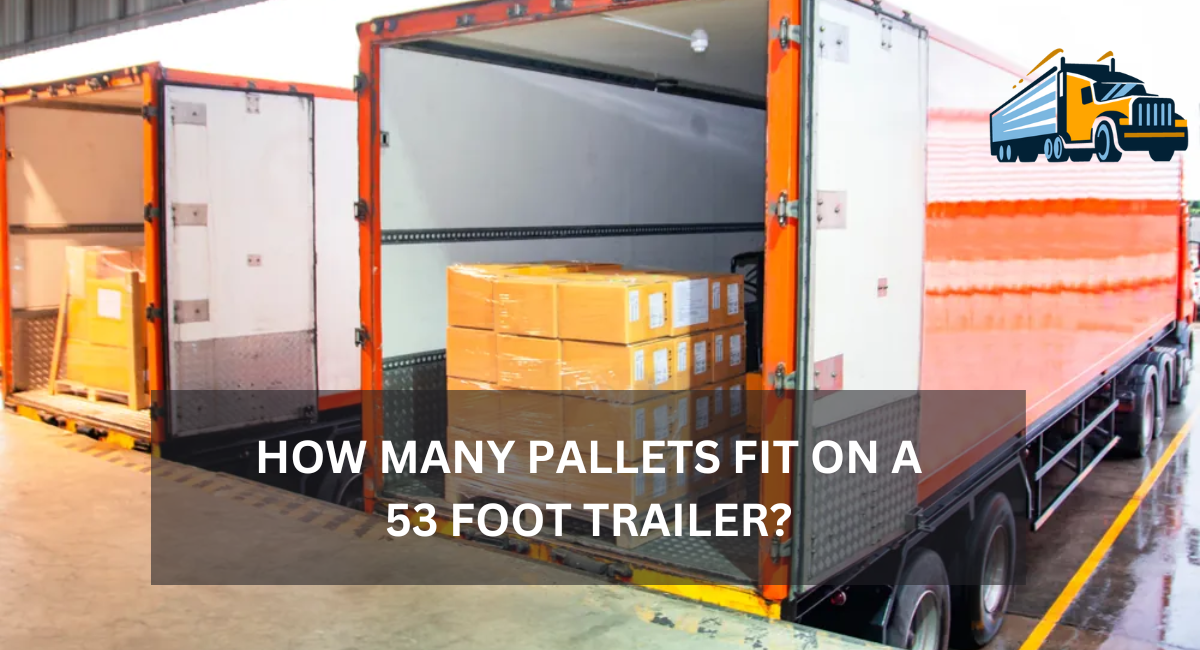In the last few years, there has been a worrying rise in cargo theft in the transportation and logistics industries. This is a problem for companies and the economy as a whole.
This increase doesn’t just cost money; it also messes up supply lines, makes customers less likely to trust companies, and can hurt their reputations for a long time. Companies that want to protect their assets and keep their operations running smoothly need to figure out why this increase is happening and look into effective ways to stop it.
There are many reasons why cargo theft is becoming more common, such as better technology, changes in how criminals operate, and weak spots in the global supply chain. Businesses depend more and more on complicated supply chains that go through multiple countries. To protect the global economy, it is important to find the reasons behind cargo theft and put in place effective steps to stop it.
What is Theft of Carry?
Cargo theft is when someone takes things without permission while they are being shipped or stored temporarily during transport. This crime comes in many forms, such as taking over cars, stealing whole shipments, and even hacking into complex logistics systems to move cargo around.
The effects of cargo theft go beyond just losing goods. It can cause companies to lose a lot of money, mess up supply chains, and raise prices for customers. Furthermore, losing fragile or important items like medicines or electronics can have major effects on both the business and public safety.
Why good cargo security is important
To reduce cargo theft, it is very important to have good cargo protection. Taking the right security steps will not only keep your things safe, but they will also keep your customers trusting you.
Using advanced tracking technologies, following strict security rules, and teaching staff how to stop theft are all important parts of a complete cargo security plan. These steps not only keep crooks away, but they also help get stolen goods back quickly, which has a positive effect on both operations and finances.
Along with technological solutions, it’s important to make sure that all workers in the supply chain are aware of security issues. Companies that do logistics should teach their employees how to spot theft and the best ways to stop it. Working together with the police and other people in the supply chain can make security even better and cut down on theft.
Tips and Strategies for Cargo Theft Prevention
To deal with the problem of cargo theft, you need to use both proactive tactics and cutting-edge technologies. Businesses need to stay alert and change with the threat as it changes. Companies can make it much less likely for goods to be stolen by taking a number of precautions.
Here are some of the most important things you can do to stop ship theft:
Ensure Secure Parking
One of the best ways to keep goods from being stolen is to make sure that transportation vehicles are parked safely. Drivers are the best defense against thieves because they choose well-lit, watched, and ideally gated parking lots. Taking the initiative to park in secure lots with monitoring systems and security staff can greatly reduce the number of theft attempts.
Plan Routes Accordingly
To keep risks to a minimum, transportation paths must be carefully planned. This means staying away from known high-risk places and switching routes often so thieves can’t figure out where you’re going.
Real-time communication and tracking tools let drivers know about any possible threats and can reroute them if they see anything fishy. Taking things like traffic patterns and layover places into account can also help you plan safer routes.
Conduct Background Checks
It is important to do full background checks on all workers, but especially on those who have direct access to cargo. This process helps find any possible risks before they become a problem. Internal theft, which makes up a big part of cargo theft, can also be stopped by doing regular checks and keeping an eye on staff.
Invest in Security Technology
Investing in high-tech security is necessary to keep goods from being stolen today. This includes electronic locking systems, GPS tracking, and seals that can’t be broken. These technologies not only stop crime, but they also make it easier to get back things that have been stolen. Companies can always keep an eye on their cargo with real-time tracking systems, which also let them act quickly if someone gets in without permission or if the cargo goes off-route.
Set up strong protocols
Setting up strong operational rules is a key part of making a safe place for cargo. Setting up a safe place for cargo includes ways to report thefts, regular security checks, and teaching workers about the best ways to keep things safe.
It’s also important to have a clear plan for what to do if someone steals something. These rules make sure that everyone in the organization knows what they need to do to stop cargo theft and is ready to do so if it does happen.
Trends in Cargo Theft Right Now
CargoNet’s most recent data shows a worrying trend in cargo theft: the number of cases rose by 59% year-over-year in the third quarter of 2023, following the same pattern seen in the first half of the year.
692 thefts were reported in the U.S. and Canada just this quarter. Most of the thefts were shipment misdirection attacks, in which thieves used stolen names to move freight to a different destination. During this time period, shipments worth more than $31.1 million were stolen. This shows how much money is at stake and how quickly security needs to be improved in the logistics industry.
The current trend in cargo theft points to better planned and technologically advanced criminal groups that are good at taking advantage of weak spots in the supply chain and know a lot about shipments. Criminals are hacking into logistics systems more and more to reroute packages. Cargo protection will become more and more important in the global supply chain in the future.
READ ALSO: WHAT IS INTERMODAL TRANSPORT & WHAT ARE ITS BENEFITS?

